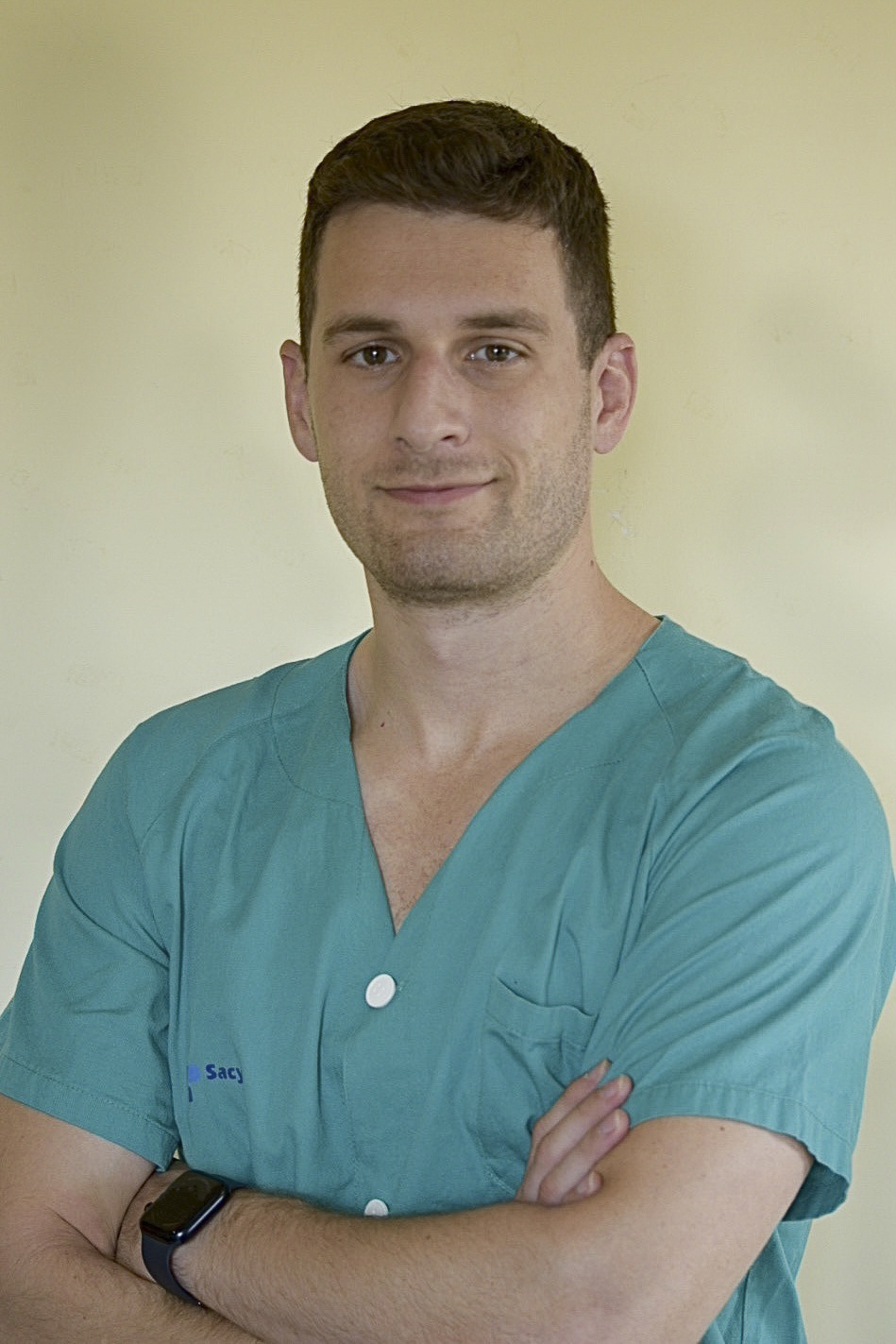Description
Objectives: Shoulder stiffness (SS) describes a painful joint with restricted range of motion (ROM) that can be idiopathic or secondary to a known cause. The first line of treatment for secondary stiff shoulder (SSS) is conservative, with physical therapy, NSAIDs or corticosteroid intraarticular injections. In those cases that do not respond, arthroscopic or open surgery have been the alternatives of choice. Over the last years, transcatheter arterial embolization (TAE) has been proposed as a less invasive technique to treat SSS refractory to conservative treatment. The aim of this study is to evaluate the clinical results of TAE in patients with SSS at two years follow-up.
Methods: This is a retrospective analysis of prospectively collected data performed between January 2017 and December 2021. It has been carried out by a multidisciplinary team including orthopedic surgeons, interventional radiologists and rehabilitation physicians. This study comprised 50 patients (41 women and 9 men; median age, 48 years; range 27–59) with SSS resistant to conservative management during at least 3 months. The median time of stiffness was 12 months. The etiology of SSS is summarized in Table 1. Periods of immobilization in all patients were associated. TAE was performed under local anesthesia. Percutaneous femoral arterial access was gained, and selective catheterization of the subclavian artery was obtained. Abnormal vessels, or normal arteries that feed painful areas when no pathologic vessels where present, were embolized with imipenem/cilastatin and iodinated contrast media. Adverse events, changes for pain, and physical examination before and 2 years after TAE were assessed.
Results: Abnormal vessels were observed in 42 of 50 (84%) of the procedures. Transitory cutaneous erythema was noted in 7 patients treated after TAE. Significant differences were observed in the median pain visual analog scale reduction between before and 2 years (8 vs 1, P < .001). Shoulder mobility significantly improved in both flexion (70º vs 155º; P < .001) and abduction (70º vs 150º; P < .001) degrees between before and at 2 years (Table 2). No symptoms of recurrence appeared after two years of follow-up.
Conclusions: TAE can be an acceptable alternative to surgery for patients with SSS refractory to conservative therapy resulting in pain reduction and mobility improvement.




